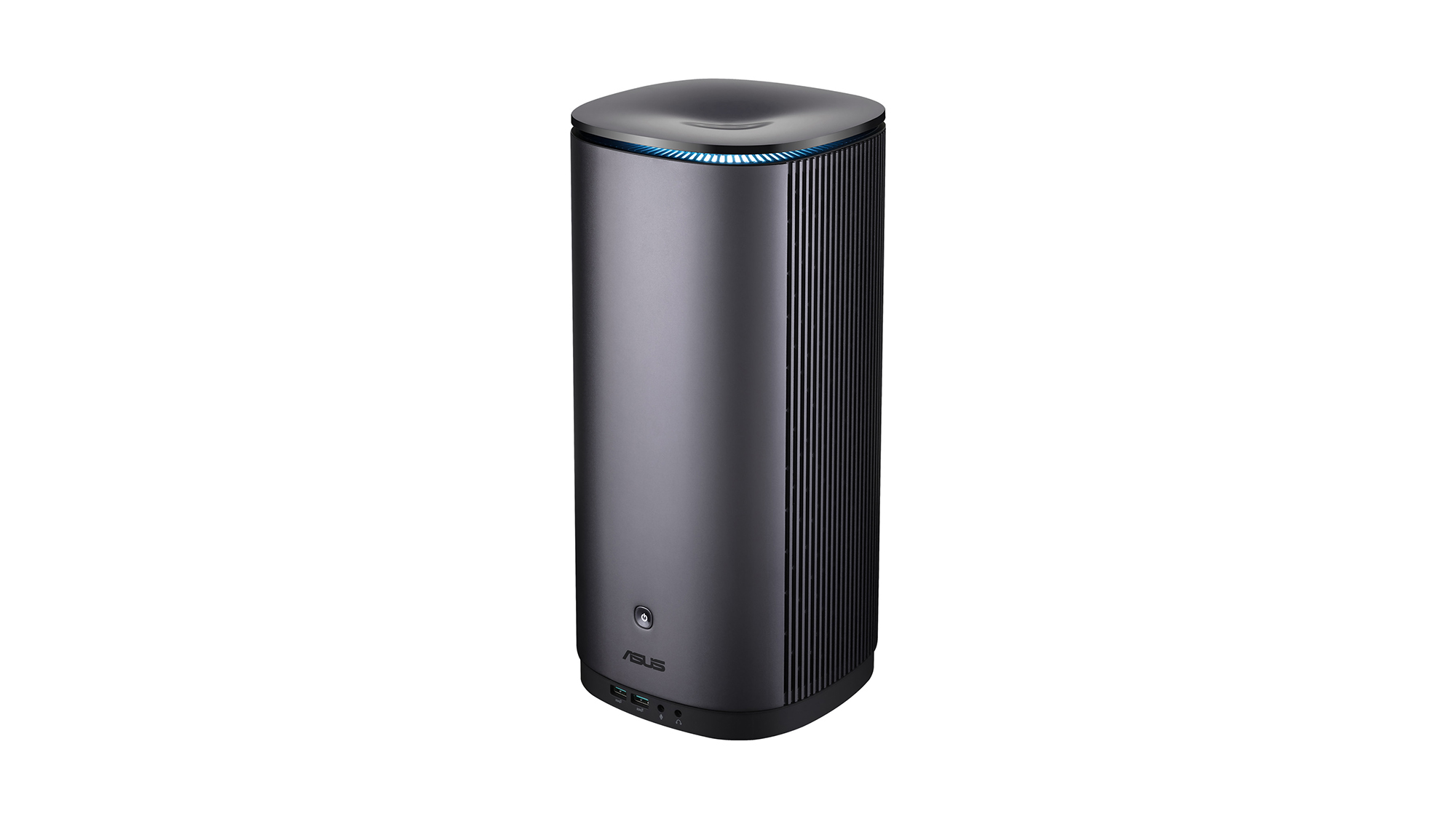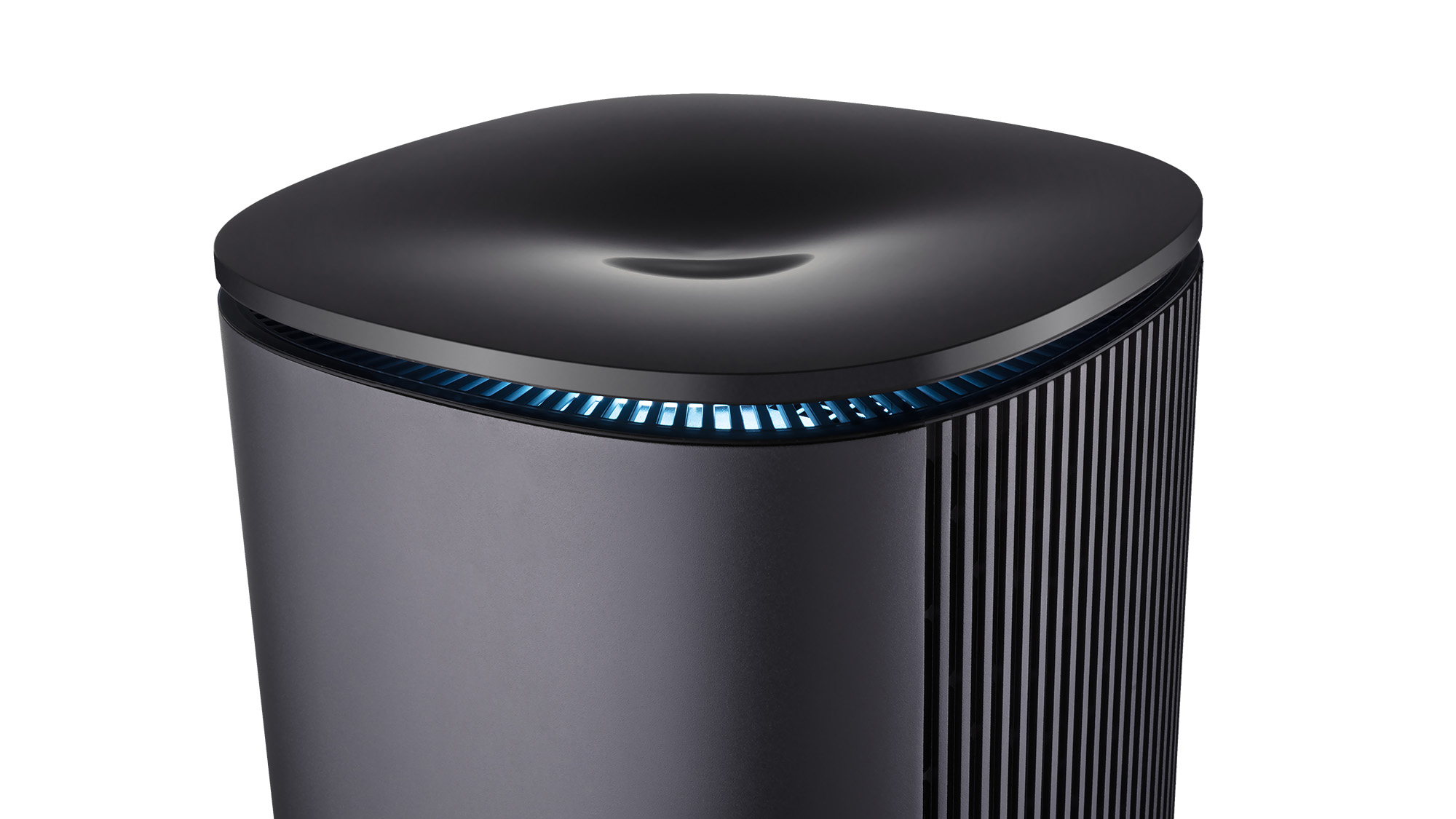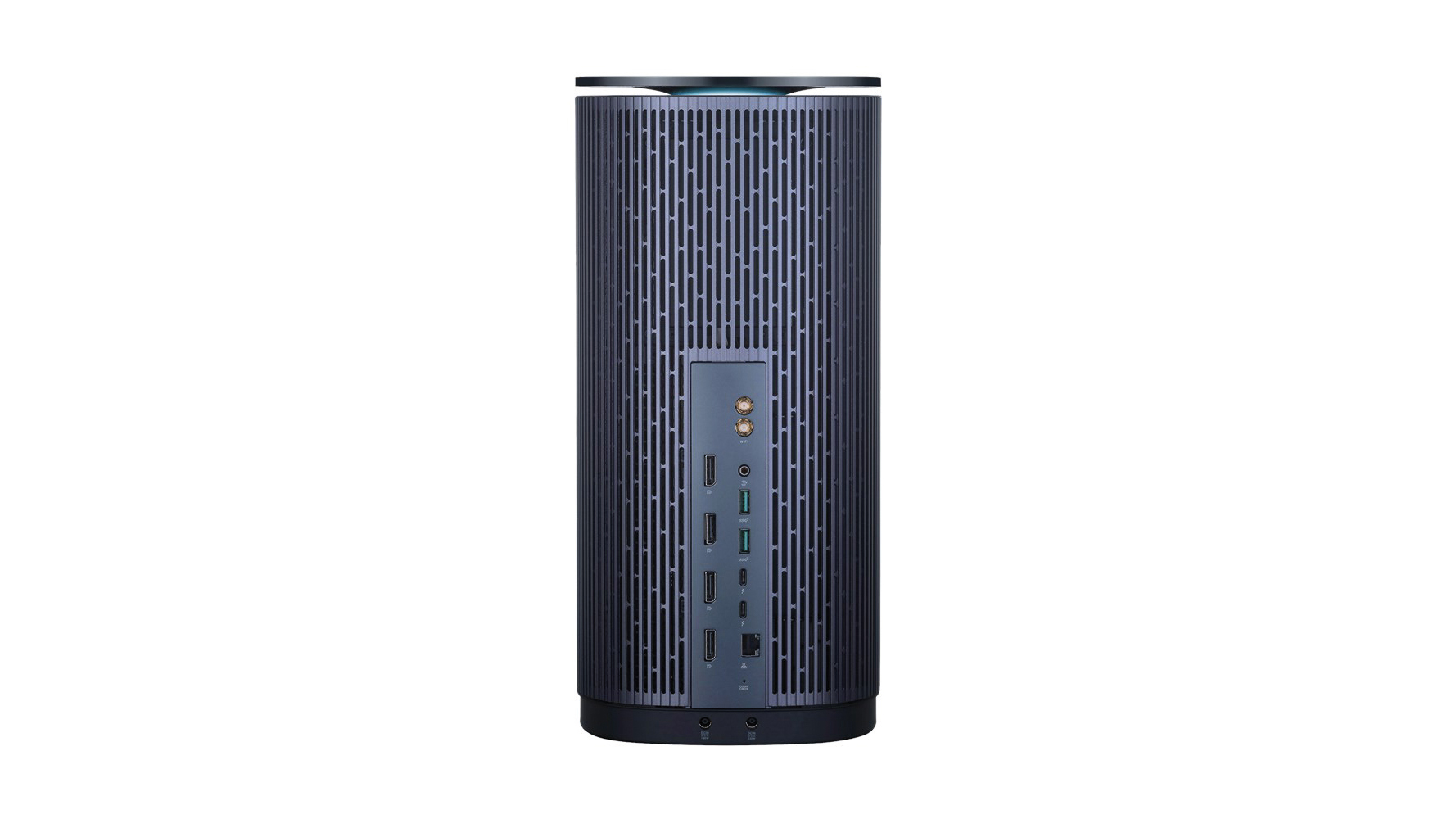Asus Mini PC ProArt PA90 review: Style and substance
A staggeringly powerful mini workstation with enough style to grace even the most demanding of studios


While this diminutive workstation may not quite be able to rival the big boys for sheer power, it’s plenty capable of holding its own, and does so while rocking one of the most appealing designs we’ve seen on a machine in this category
-
+
Stylish design; Small footprint; Surprisingly powerful; Quiet operation
-
-
Better performance available for the price; Limited storage capacity; Not upgradeable

Asus's tagline is "In search of the incredible", and with the Asus Mini PC ProArt PA90 it might just have found it. Part of the company's range of ProArt enterprise devices, the PA90 is aimed squarely at the likes of professional designers, video editors and graphics professionals.
However, while most professional workstations are great big boxy monstrosities, this machine is altogether sleeker and more intriguing. From the moment you power up this workstation and watch in wonder as the top plate moves up and down like a miniature TARDIS engine, you know it's something different.
Asus Mini PC ProArt PA90 review: Design
If that phrase has the ring of Apple to it, we make no apologies; the ProArt PA90 itself has more than an echo of the old-school Mac Pro. A cylindrical workstation dressed in dark grey isn't a wholly novel concept, after all. It's also somewhat similar in looks to the Corsair One i160, although it's the Mac Pro that it's most reminiscent of.
This machine is taller than the Mac Pro, though, standing just over a foot high. Asus is also less shy than Apple when it comes to showing you what's inside the ProArt, with components visible through the honeycomb-like skin.And what a set of components those are.
Asus Mini PC ProArt PA90 review: Specs and performance
The headline act is an Intel Core i9-9900K processor, with eight cores and 16 threads. They run at 3.6GHz as standard, but Asus has found space for watercooling inside the PA90 and overclocked them to 4.7GHz. It deserves plenty of kudos here: not only does it control temperatures but also noise levels. There's always a noticeable hum coming from the ProArt, but it's quiet enough to fade into the background of an office, and even when you really push this system to the max, it only rises in volume by a notch. Besides, you'll be so besotted by the sight of the plate lifting to increase airflow that you won't care.

Then we come to the Nvidia Quadro P4000 graphics card. This has just been usurped by the Quadro RTX 4000, but remains a powerful all-rounder for rendering and 3D modelling. Add 32GB of 2,666MHz DDR4 RAM (not ECC) and a speedy PCIe SSD and you have a potent-sounding machine.
And potent it is, too. It racked up an enviable overall score of 314 in our media benchmark tests, along with scores of 1,862 and 219 in the CPU and GPU portions of the Maxon Cinebench R15 tests, a Luxmark GPU score of 3,919, and 218 in the SPECViewPerf 13 Maya test.
These scores aren't that far off the Workstation Specialists WS-182A, although the latter's RTX 4000 card powered it to greater heights in some of our GPU rendering-based benchmarks. It also scored better than the iMac Pro in our benchmarks, which gives an indication of the kind of power we're dealing with here. In short, what this means is that the PA90's pricetag is well justified; it's up there with fully-fledged workstations costing around 2,500 in terms of performance, despite its size. It may not look like one, but the ProArt PA90 is a true workstation.
Asus Mini PC ProArt PA90 review: Ports and features
While Asus has restrained itself to two USB-A 3.1 ports and dedicated mic and headphone jacks on the front of the ProArt, it hasn't been so shy about shoving ports onto the rear. Here you'll find two further USB-A 3.1 ports, two Thunderbolt 3 ports, a line out and two connectors for the stylish fin-shaped aerial. This is for the 802.11ac wireless chip within, but we simply took advantage of the Gigabit Ethernet port.
You can drive four monitors via the DisplayPort outputs, or take advantage of those Thunderbolt 3 ports. For a compact PC, that's a staggering amount of video outputs, although we suspect that many people will be tempted to use the Thunderbolt ports to expand on the 1.5TB of total storage. For a modern workstation, that sounds light.

The other key design choice Asus made is to use external power supplies rather than have a kettle lead go direct into the rear of the tower. So, unlike the Mac Pro or iMac Pro, you'll have to find room for two power bricks. And it's no surprise when you see how much power this machine gobbles up. In idle, it's satisfied with 32W, but fire up all those cores and the graphics card and the figure ramps up to 244W.
Asus Mini PC ProArt PA90 review: Verdict
So it's time to make a decision. And it boils down to this: how much do you value stylish design over storage capacity and expandability? The Workstation Specialists WS-182A costs around 100 less yet offers a much greater storage capacity, including a 2TB PCIe SSD, while stealing a handy lead in every benchmark.
On the other hand, that performance is housed in a big, meaty tower chassis, and the PA90 makes it look positively monolithic by comparison. Realistically there's only one rational answer as to which is the more sensible investment, but the ProArt is such a winner when it comes to designer chic - if you can hide the power bricks - that you have every right to be tempted.
Verdict
While this diminutive workstation may not quite be able to rival the big boys for sheer power, it’s plenty capable of holding its own, and does so while rocking one of the most appealing designs we’ve seen on a machine in this category
| CPU | 3.6GHz Intel Core i9-9900K processor |
| Motherboard | Asus Z390 motherboard |
| RAM | 32GB 2,666MHz DDR4 RAM |
| GPU | 8GB GDDR5 Nvidia Quadro P4000 graphics |
| Storage | 512GB M.2 PCIe SSD, 1TB hard disk |
| Connectivity | Bluetooth 5, 802.11ac Wi-Fi |
| Ports | Gigabit Ethernet, 2 x Thunderbolt 3 USB-C, 4 x USB-A 3.1 |
| OS | Windows 10 Pro |
| Dimensions | 176 x 176 x 365mm (WDH) |
| Warranty | 3yr warranty (6 months C&R, 2yr parts, 3yr labour) |
Get the ITPro daily newsletter
Sign up today and you will receive a free copy of our Future Focus 2025 report - the leading guidance on AI, cybersecurity and other IT challenges as per 700+ senior executives
Tim Danton is editor-in-chief of PC Pro, the UK's biggest selling IT monthly magazine. He specialises in reviews of laptops, desktop PCs and monitors, and is also author of a book called The Computers That Made Britain.
You can contact Tim directly at editor@pcpro.co.uk.
-
 Westcon-Comstor and Vectra AI launch brace of new channel initiatives
Westcon-Comstor and Vectra AI launch brace of new channel initiativesNews Westcon-Comstor and Vectra AI have announced the launch of two new channel growth initiatives focused on the managed security service provider (MSSP) space and AWS Marketplace.
By Daniel Todd Published
-
 Third time lucky? Microsoft finally begins roll-out of controversial Recall feature
Third time lucky? Microsoft finally begins roll-out of controversial Recall featureNews The Windows Recall feature has been plagued by setbacks and backlash from security professionals
By Emma Woollacott Published
-
 The UK government wants quantum technology out of the lab and in the hands of enterprises
The UK government wants quantum technology out of the lab and in the hands of enterprisesNews The UK government has unveiled plans to invest £121 million in quantum computing projects in an effort to drive real-world applications and adoption rates.
By Emma Woollacott Published